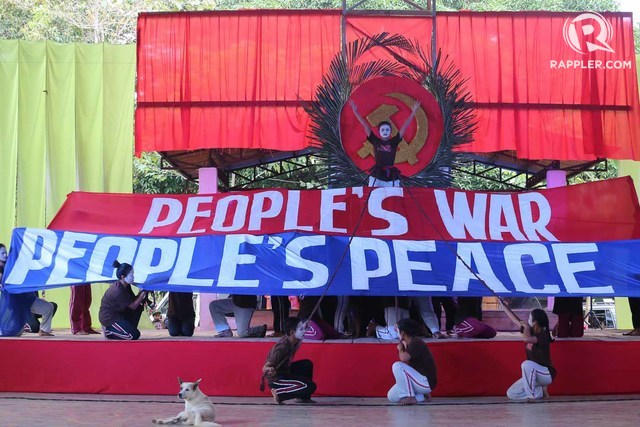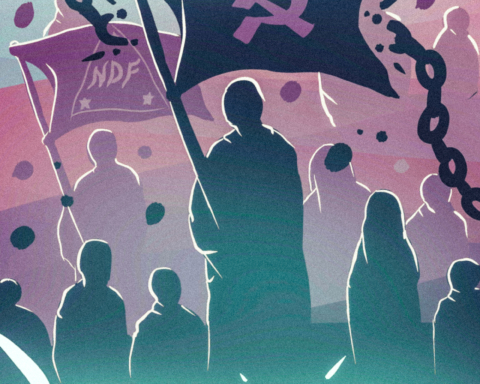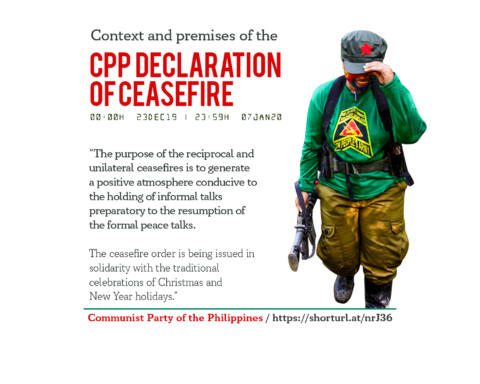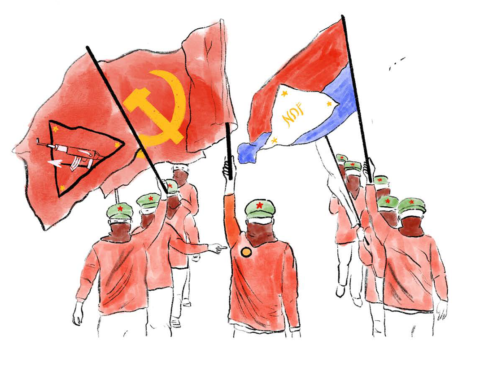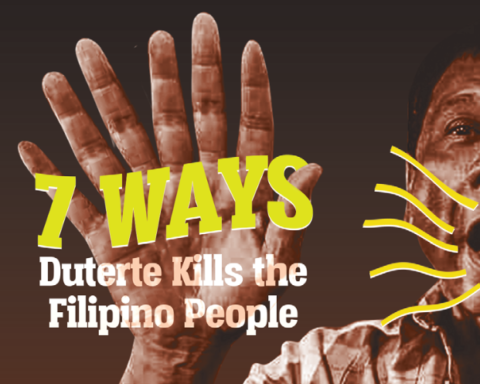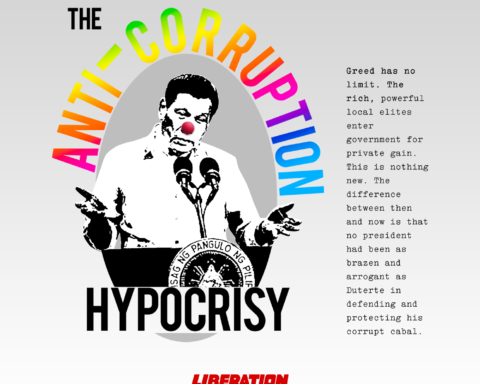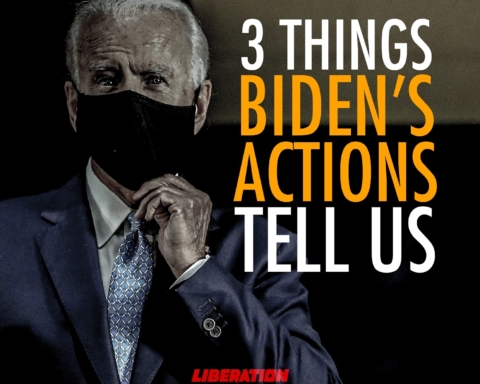Peace talks between the National Democratic Front of the Philippines (NDFP) and five Government of the Republic of the Philippines (GRP) administrations since 1986 have gone on and off because of the unresolved protracted armed conflict between them.
By consensus of the parties, the sequential formal peace negotiations are aimed at ending the armed conflict—and attaining just and lasting peace for the Filipino people—by seriously addressing and resolving its root causes. Happily, this has been grasped and persistently supported by a growing network of peace advocacy formations and people’s organizatio
ns. However, this consensual objective has yet to be deeply understood and appreciated by the general public.
Less comprehended still, outside the ranks of revolutionary forces, is this fact: The people’s war, at bottom, is a struggle for a just and lasting peace. Yes, the people’s war, led by the CPP-NPA/NDFP over the last 48 years, has pursued such peace “in the most comprehensive and strategic way.”
No wonder the slogan, “People’s war is for people’s peace,” was raised before a huge crowd during the unprecedented public celebration of the 48th founding anniversary of the CPP last December 26 in Davao City and in various regional commands of the NPA across the country.
For a deeper insight on this matter, Liberation readers may refer to the article, “NDFP Framework in Contrast with the GRP Framework”, written, on May 15, 1991, by Jose Ma. Sison, founding chairperson of the reestablished CPP and chief political consultant of the NDFP negotiating panel. It is included in the first volume of his selected writings (1991-2009), titled For Justice, Socialism and Peace.
“The struggle for national liberation and democracy against US imperialism and local reactionary classes [embodied by the people’s war] is a struggle for a just and lasting peace,” Sison succinctly writes, “because it strives to solve the fundamental problems of the nation and people, fight and defeat the violence of oppression and exploitation, and bring about the basis for a just and lasting peace.”
Correlating this to the peace negotiations, Sison points out: “The strategic line of the national democratic revolution is the NDFP’s strategic line for a just and lasting peace. There is no other strategic line.” To claim there is no strategic line or to replace it (in the peace talks), he emphasizes, “is to confuse the people and the revolutionary forces.”
As regards struggling for peace in the most comprehensive and strategic way, he explains: “The struggle for a just peace entails as many specific forms of struggle as does the national democratic revolution. These include all legal and illegal forms of struggle.” Armed struggle is the main form, he stresses, because it settles the question of power which is the principal question in any revolution. “No social revolution is possible without the prior change of political power.”
In contrast, the GRP’s strategic view is to preserve the oppressive and exploitative system and to defeat and pacify the revolutionary forces. Almost all the previous presidents demanded that the NDFP submit to the GRP constitution, which the latter consistently rejected. Given this GRP strategic view, why has the revolutionary movement persisted in pursuing peace negotiations? Sison explains:
“The NDFP has manifested its just and reasonable position by declaring that although the optimum condition for a just and lasting peace is the total victory of the people in their national democratic revolution, (it) is willing to engage in peace talks for several important reasons, including the promotion of national independence and democracy and a number of basic reforms, immediately beneficial to the people (emphasis ours).
While firmly holding fast to its fundamental principles and strategic line, the revolutionary movement has shown flexibility in talking peace. It makes readjustments in policy as the situation warrants and encourages the GRP to do the same regarding the armed conflict and related issues.
This flexibility has been amply shown in the current peace negotiations, enabling these to move forward relatively fast. That, until President Duterte irascibly cancelled the talks in February, then calming down, agreed to continue them as scheduled, in April. The CPP-NPA reciprocated the GRP’s unilateral ceasefire declaration in August and (after two months of withdrawal) has acceded to restore it and to work on an interim bilateral ceasefire agreement for the duration of the peace talks.
These concessions to the GRP are based on carefully weighed expectations that the GRP will make good its repeated promise to release more political prisoners, in compliance with the Comprehensive Agreement on the Respect for Human Rights and International Humanitarian Law (CARHRIHL). More significant, the GRP has shown willingness to forge and sign a mutually acceptable Comprehensive Agreement on Social and Economic Reforms (CASER) within this year, and soon after that to begin implementing—along with the NDFP—some of its immediately doable provisions that will benefit the people.
These developments in the peace talks with the Duterte government have played out essentially as Sison envisioned in his 1991 article. Consider these passages:
“Revolutionaries determined to carry out the objectives of the (National Democratic Revolution) can logically and legitimately consider peace negotiations as a way of pushing forward the aforesaid objectives in the same way that the other side considers the same peace negotiations as a way of pushing forward its own objectives. Inevitably, the struggle across the table reflects, first of all, the struggle in the battlefield and then influences further developments in the battlefield.”
“It takes the two basic parties in the armed conflict to agree on a truce and what national purpose is to be served. Even if the peace talks were to fail… the people can see who [of the two parties] has the just and reasonable position.”


